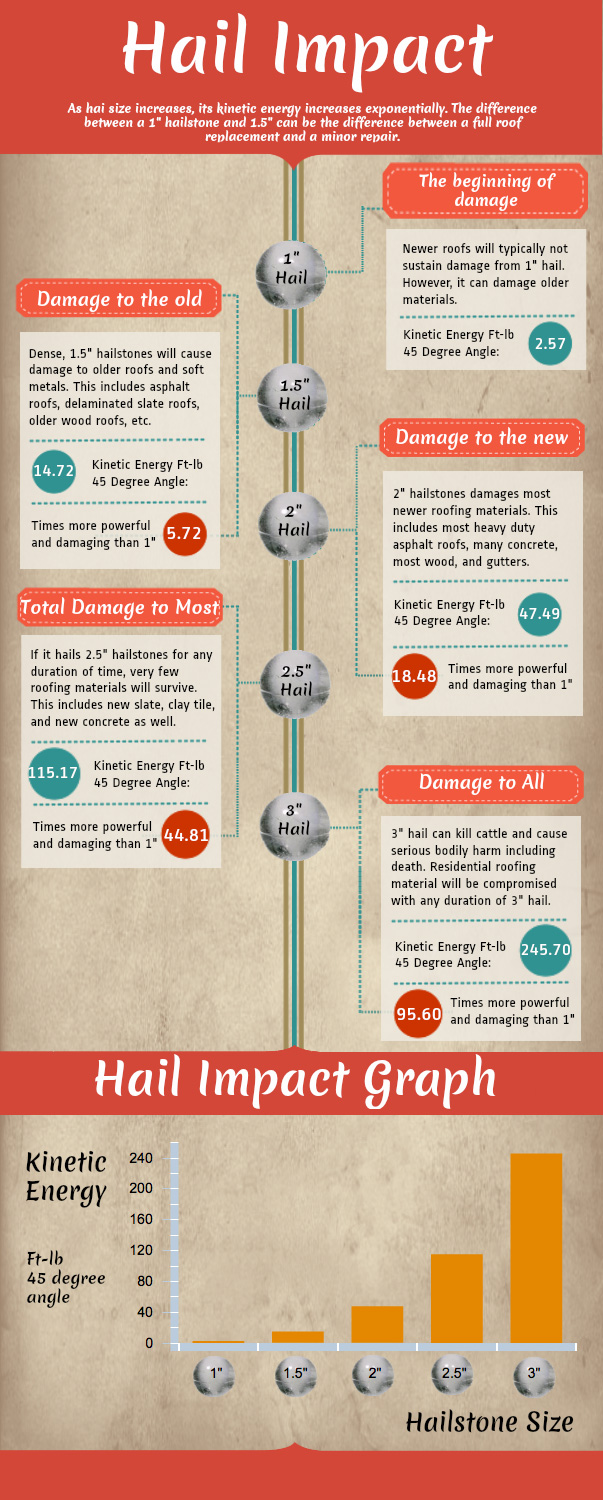The Function Of Roofing System Ventilation In Making Certain An Effective Installment
The Function Of Roofing System Ventilation In Making Certain An Effective Installment
Blog Article
Material Composed By-Kehoe Iversen
When you're tackling a roof covering task, you could not believe much regarding roof covering air flow, but it's more crucial than you understand. Reliable air flow helps manage temperature and dampness in your attic room, preventing problems like mold and mildew and architectural damage. By comprehending how to make and install a well balanced ventilation system, you can boost energy effectiveness and lengthen the life expectancy of your roofing products. So, what are the essential elements to take into consideration throughout setup that can make all the difference?
Relevance of Roof Air Flow
Roof air flow plays an essential duty in preserving the general wellness of your home. By allowing fresh air to distribute via your attic, it helps control temperature level and dampness degrees. This balance is vital to stop warm build-up throughout warm months, which can cause raised energy expenses as your a/c burns the midnight oil.
Furthermore, proper ventilation substantially reduces the danger of moisture-related concerns like mold and mildew and mold. If humidity degrees climb, your home's structural integrity can be jeopardized, causing costly fixings. You would not intend to deal with decaying wood or deformed roofing materials, right?
Furthermore, adequate ventilation extends the life-span of your roofing system. When warmth and moisture are kept in check, your roofing system can perform optimally, preventing early damage. This suggests less migraines and expenditures down the line.
Just How Roofing System Air Flow Works
Reliable roofing system ventilation relies upon the natural motion of air to produce an equilibrium in between consumption and exhaust. When you install vents, you're essentially permitting fresh air to enter your attic room while enabling warm, stale air to get away. This procedure helps regulate temperature level and wetness degrees, preventing issues like mold and mildew development and roof damage.
Intake vents, commonly found at the eaves, reel in great air from outdoors. On the other hand, exhaust vents, situated near the ridge of the roof covering, let hot air surge and exit. The distinction in temperature level creates a natural air flow, known as the pile effect. As cozy air rises, it creates a vacuum that draws in cooler air from the lower vents.
To enhance this system, you need to guarantee that the consumption and exhaust vents are appropriately sized and positioned. If the intake is limited, you will not achieve the desired ventilation.
Similarly, insufficient exhaust can catch heat and dampness, leading to prospective damage.
Key Setup Factors To Consider
When mounting roofing system air flow, numerous key considerations can make or break your system's efficiency. First, Recommended Internet site require to analyze your roofing system's design. The pitch, form, and products all affect air flow and air flow choice. Ensure to select vents that suit your roofing kind and local climate conditions.
Next off, consider the placement of your vents. Preferably, you'll want a balanced system with intake and exhaust vents placed for optimal air movement. Location consumption vents low on the roof and exhaust vents near the peak to motivate an all-natural flow of air. This setup assists avoid moisture build-up and promotes energy performance.
Do not forget insulation. Appropriate insulation in your attic avoids heat from leaving and maintains your home comfortable. Guarantee that insulation doesn't obstruct your vents, as this can prevent airflow.
Last but not least, consider maintenance. Select air flow systems that are easy to gain access to for cleaning and examination. Routine maintenance ensures your system continues to operate successfully with time.
Verdict
To conclude, roofing system ventilation is vital for a successful installation. By making certain proper air flow, you can avoid warmth buildup and dampness concerns that bring about expensive damages. When you purposefully placement consumption and exhaust vents, you improve power efficiency and extend the life-span of your roofing system. Bear in mind, a well-ventilated roof covering not just secures your financial investment yet additionally boosts your indoor air high quality. So, https://www.nwahomepage.com/news/nwa-spotlight/johnson-roofing-answers-common-roofing-questions/ to ensure a resistant and economical roofing system for your home.
